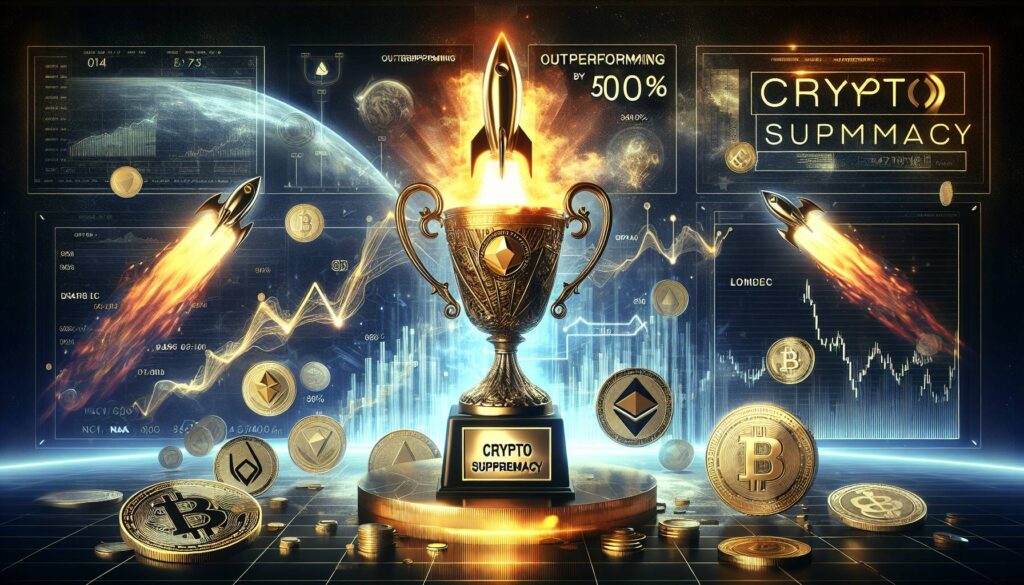Stablecoins are currently taking center stage in U.S. political discussions, particularly after the Senate passed a significant regulatory bill with notable bipartisan support. This development arrives amidst a backdrop of strategic maneuvering by former President Donald Trump and his family, who recently liquidated approximately 20% of their stake in World Liberty Financial (WLFI), a crypto firm that markets its own stablecoin.
As outlined in legal disclosures, DT Marks DEFI LLC now holds 40% of the company, a decrease from an earlier 60%. This entity is linked to Trump and certain family members, raising questions around potential conflicts of interest as the stablecoin regulation bill advances to the House of Representatives. Despite some lawmakers, including Senators Elizabeth Warren and Chris Murphy, expressing concerns over the appropriateness of Trump’s involvement in regulating a business in which he has a significant financial interest, the bill’s progress could provide a more stable framework for WLFI’s USD1 stablecoin, contingent upon compliance with stricter reserve requirements.
The murky details surrounding the Trump family’s crypto dealings have bred uncertainty, particularly regarding the specific stakes of individual family members in World Liberty Financial. Furthermore, Trump’s foray into the cryptocurrency arena extends past stablecoins; he has faced scrutiny for hosting private dinners with prominent investors of his personal memecoin and has ventured into non-fungible tokens (NFTs) and bitcoin initiatives, signaling his deepening ties to the ever-evolving crypto landscape.
“Trump’s political allies assert his business dealings are transparent, yet the intricacies of his family’s crypto investments remain unclear.”
As the cryptocurrency regulation conversation evolves, the intersection of politics and digital assets continues to draw intense interest. The outcomes of these discussions will undoubtedly impact the broader crypto market, especially as companies like WLFI navigate the new regulatory terrain.

Impact of Stablecoin Legislation and Trump’s Involvement
Key points regarding the evolving landscape of stablecoins and their implications.
- Senate’s Bipartisan Support
- The Senate passed a regulation bill focused on stablecoins, highlighting bipartisan interest.
- This legislation could influence the future of digital asset regulation in the U.S.
- Trump’s Financial Interests
- President Trump and his family reduced their stake in WLFI by 20%, indicating their ongoing involvement in the crypto sector.
- The Trump family has reportedly gained tens of millions from crypto ventures, raising ethical questions.
- Potential Impact on World Liberty Financial’s Stablecoin
- World Liberty Financial’s USD1 stablecoin may benefit from the new regulation, assuming compliance with oversight demands.
- Regulatory clarity could enhance user trust and stability in the stablecoin market, affecting investors and consumers.
- Calls for Transparency
- Lawmakers, including Senators Warren and Blumenthal, have raised concerns about the transparency of Trump’s business dealings.
- The lack of full disclosure may erode public trust in both Trump and the crypto market.
- Trump’s Relations to the Crypto Industry
- The former president has hosted events for crypto investors, connected with multiple crypto projects, and launched NFTs, enhancing his influence in the sector.
- This relationship illustrates a significant intersection of politics and finance, potentially shaping future regulatory frameworks.
Trump’s Crypto Maneuvering and Its Impact on Stablecoin Regulation
The recent bipartisan passage of a stablecoin regulation bill in the Senate has sparked significant discussion in financial and political circles, especially given the implications for players in the cryptocurrency space. Notably, President Donald Trump’s familial connections to World Liberty Financial have raised eyebrows due to the perceived conflict of interest and the potential setbacks for the stablecoin’s future. While this legislation aims to impose stricter guidelines on stablecoins to ensure their stability and oversight, it simultaneously confronts Trump’s strong financial ties to the very sector it seeks to regulate.
Competitive Advantages: For stablecoin projects like World Liberty Financial, the advancement of the regulation bill may instill confidence among users and investors, offering a path toward greater legitimacy in the market. If the company adheres to the proposed reserve requirements, it could bolster trust in its USD1 stablecoin, leading to increased adoption. Furthermore, navigating regulatory scrutiny successfully could position WLFI favorably against competitors who may struggle under similar pressures.
Competitive Disadvantages: However, the cloud of Trump’s extensive crypto dealings creates a complicated backdrop. The perceived lack of transparency regarding Trump’s financial stakes could deter potential investors concerned about regulatory compliance or ethical implications. This situation may enable rival stablecoin projects—particularly those without ties to political figures—to present themselves as more trustworthy alternatives, appealing to the conscience of consumers wary of political entanglements within their financial assets.
Beneficiaries and Troubled Parties: The proposed regulations could benefit consumers by enhancing the security and stability of the stablecoin landscape. Conversely, firms like WLFI could face heightened scrutiny that might complicate their operations in the evolving crypto environment. Additionally, the visibility of Trump’s connections may foster skepticism among traditional financial institutions hesitant to engage with a sector still striving for mainstream legitimacy. The balance of opportunity and risk within the stablecoin market continues to evolve, leaving stakeholders on both sides to navigate a landscape rife with uncertainty.

















